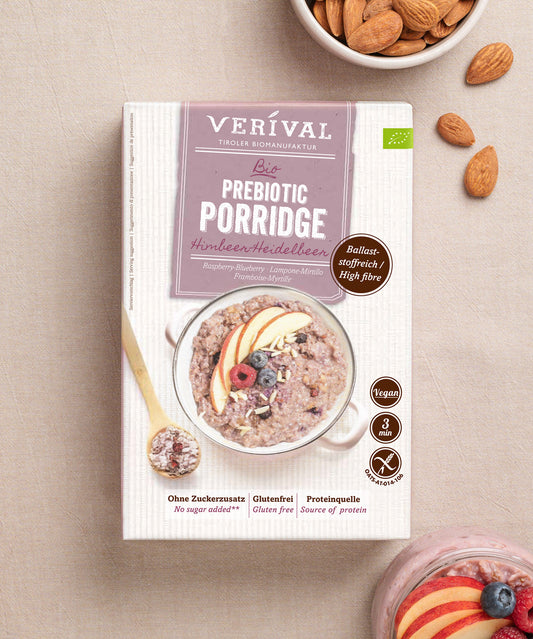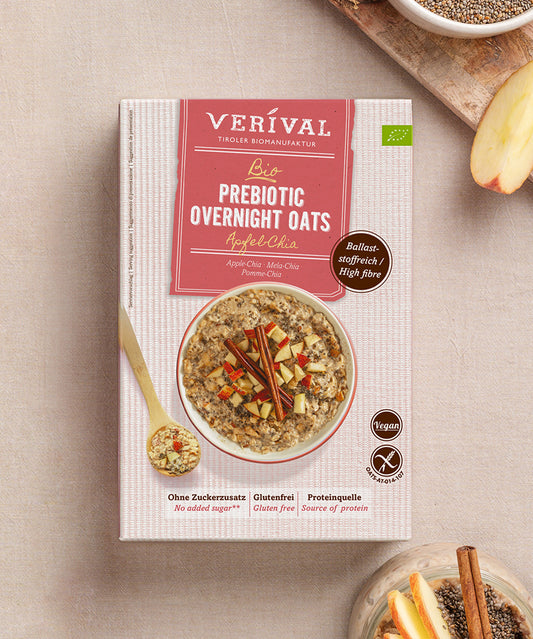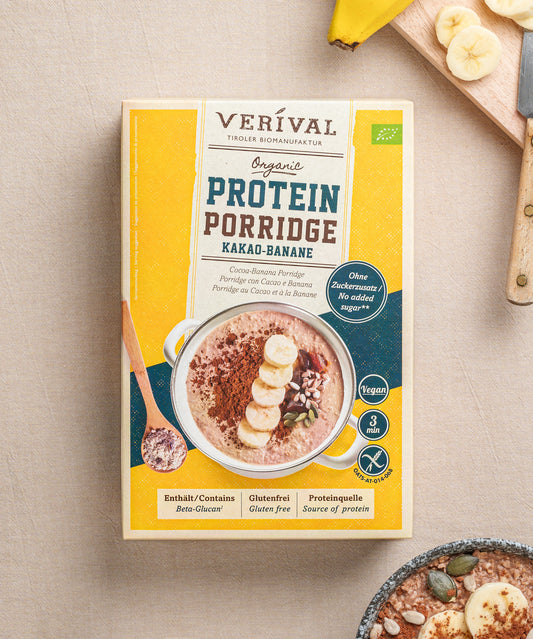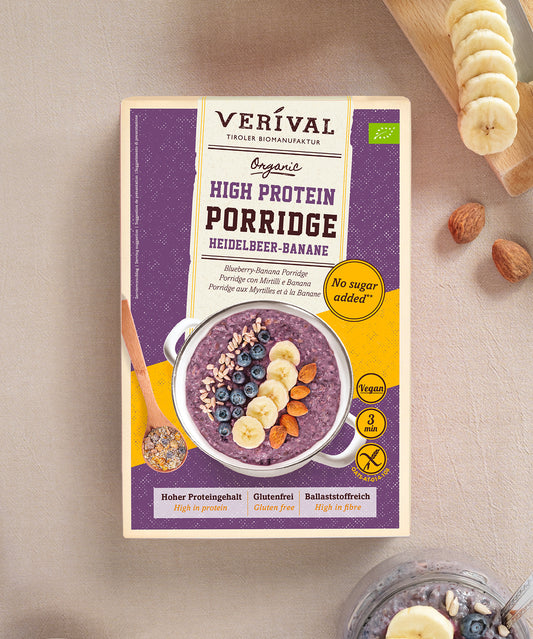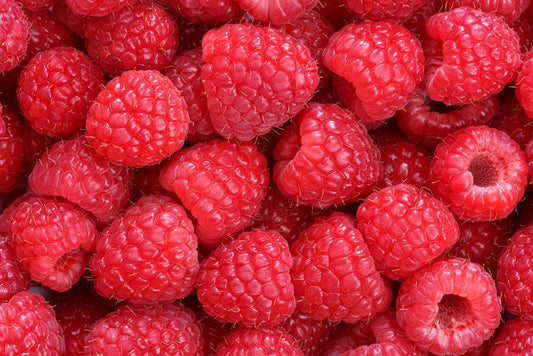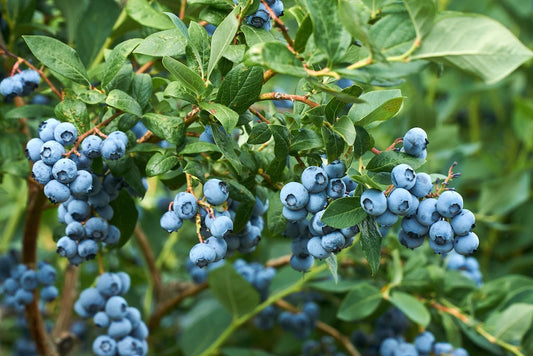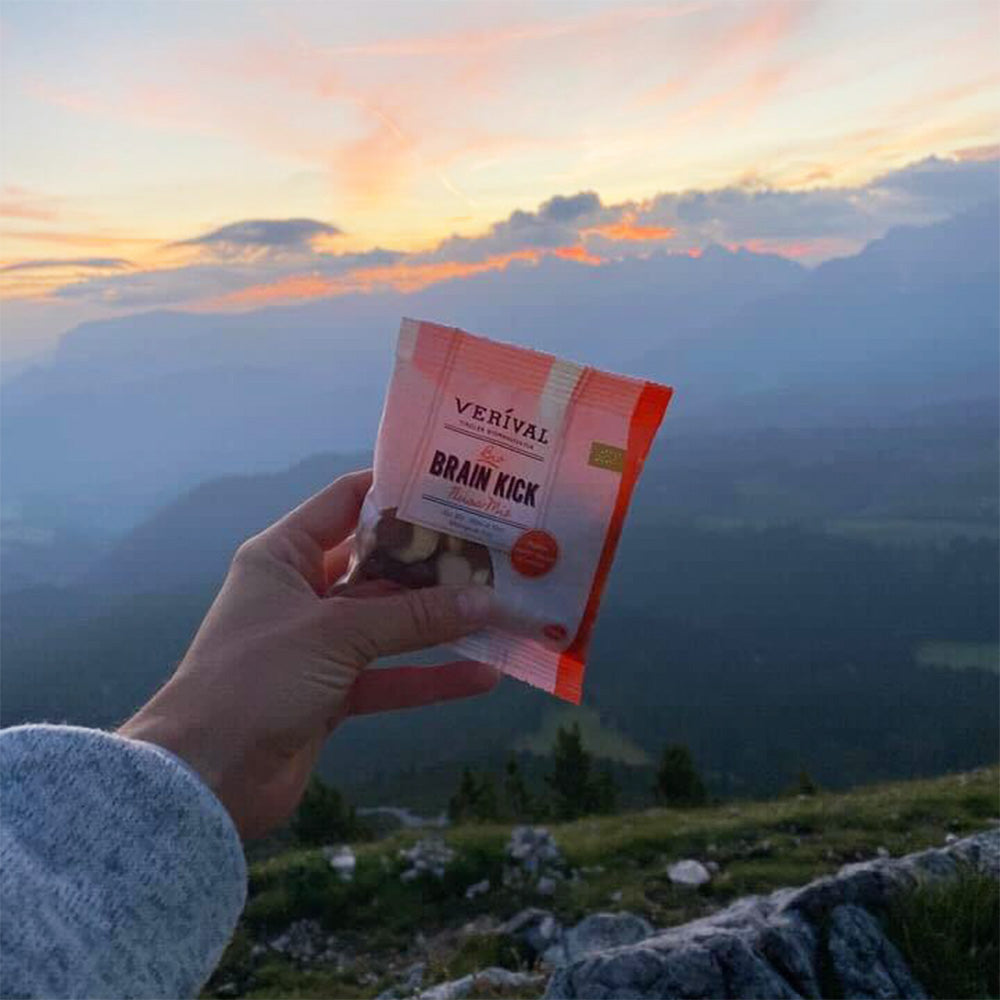Do you find that the colder it gets outside, the more you look forward to a hot meal? Most people feel the same way; after all, food can warm us from the inside. In this article, you will learn exactly what the benefits of a hot breakfast are and what a healthy breakfast can look like in winter.
How does the body function in the cold?
Before we look at the benefits of a warm first meal, it is important to understand how the body reacts to the cold and how it changes.
Basically, one of the important tasks is to keep the core temperature of the body , i.e. the temperature in the middle of the body, constant at around 37 degrees. In summer, the body has to cool down, which is noticeable through sweating. In winter, you need to make sure that the heat stays inside your body. Shivering muscles help to produce heat. To carry out these processes well, you naturally need energy in the form of food.
So if you already have a warm meal, your body doesn't have to expend any additional energy to warm the food to, so to speak, “operating temperature”.
Autumn and winter often mean colds for most people. However, this is not directly related to the cold per se. Cold air is drier and thus provides ideal conditions for viruses to spread quickly. In addition, the body is less well supplied with blood in the cold than in the heat. As a result, fewer immune cells move around in the body and it becomes more difficult to trap viruses.
That's why it's even more important to counteract this with the right nutrition and to strengthen the immune system!
The advantages of a warm breakfast
Now that you know about the changes in the body, we will now take a closer look at how you can optimally support your body with a warm meal.
For example, Traditional Chinese Medicine (TCM) recommends a warm breakfast, all year round! According to the teachings, there is a so-called organ clock whereby each organ has its active and rest periods. Since the stomach and spleen are at their peak from 7-11 a.m., the digestive process should be started here. This is best achieved with a warm breakfast: the body has to expend less energy and strength for digestion and the life energy is increased.
Breakfast according to TCM – find out more
And regardless of whether it's summer or winter, it is generally true that some foods can be better absorbed when they are warm, cooked or cooked. This is because the cellulose present in the plant cell walls cannot be broken down by humans. However, heating breaks down the cell walls and the polysaccharides can be absorbed.
Nutrition in winter
You may now be asking yourself: what can I have for breakfast that is warm? Well, in principle there are no restrictions – the main thing is that your food is cooked in a warm state. For example, you could have scrambled eggs, or in general dishes with eggs, waffles or toast – to name just a few examples.
However, you should pay attention to one thing: is your hot breakfast healthy? Many hot breakfast ideas actually meet the criteria and are therefore ideal for your body in winter, but they often contain too much sugar or cholesterol. Verival offers you a healthy alternative here: oats for breakfast!
A hot breakfast with Verival
Oats as a basic ingredient enable you to have a warm and, above all, healthy breakfast. Prepared as a delicious porridge, your first meal of the day is ready in a few minutes. Simply pour hot water or (vegetable) milk over it and let it steep briefly – and your warm oatmeal is ready to be enjoyed.
But back to oats: after all, the grain contains a lot of vitamins and minerals that are particularly important when it gets colder again. A bowl of porridge already covers ¼ of all the vitamins and minerals you need.
For example, 1 portion of porridge contains 34% of your daily requirement of zinc and 27% of iron and 38% of copper. All three minerals help to ensure a well-functioning immune system.
Among other things, zinc helps to form certain cells that are necessary for immune defense. Iron plays a role in numerous bodily functions. For example, it binds oxygen in red blood cells (hemoglobin), thereby ensuring a large part of the oxygen supply. Copper supports some of the white blood cells that serve as immune defense. In addition, your body uses this trace element to ward off bacteria.
Delicious, warm breakfast ideas
As promised, we would now like to present you with our four simple breakfast ideas to spice up your porridge. Get some inspiration and discover the variety of warm porridge in winter!
Carrots or pumpkin?
Vegetables in porridge – that can't work? Wrong! Whether carrots, pumpkin or zucchini, vegetables can enhance porridge and make it even creamier.
For fall, we recommend our Pumpkin Spice Porridge recipe. It's easy to prepare and tastes even better!
In general, you can add zucchini or carrots to your porridge. To do this, boil water or milk, stir in Classic Porridge and grated carrots or zucchini, and let it simmer briefly. Since carrots are in season in winter, we recommend using them.
Warm winter fruit
Our next idea is a simple, warm porridge topping. You will need either apples or pears – both types of fruit that are easy to get in winter.
Cut your preferred fruit into small pieces and fry them in a pan with a little coconut oil until they are soft. If you like, you can also add chopped nuts of your choice and roast them with the fruit. Then add a little honey and caramelize briefly. Make sure to do this over a low heat. If you like, you can add a little cinnamon to your fruit and nut mixture.
Porridge spice
Another way to spice up your porridge is with spices. The following extra ingredients taste particularly good when it gets colder again:
- Cinnamon
- Vanilla
- Cardamom
- Nutmeg
- Turmeric
- Cloves
- Tonka bean
- Pumpkin spice
- Zest of a grated lemon or orange
Find out more about porridge spices
Do you like it sour?
For those who prefer a savory breakfast, Verival also offers two sour porridges. The flavors pumpkin-tomato and broccoli will convince even fans of sweet breakfasts and allow you to try something new.





